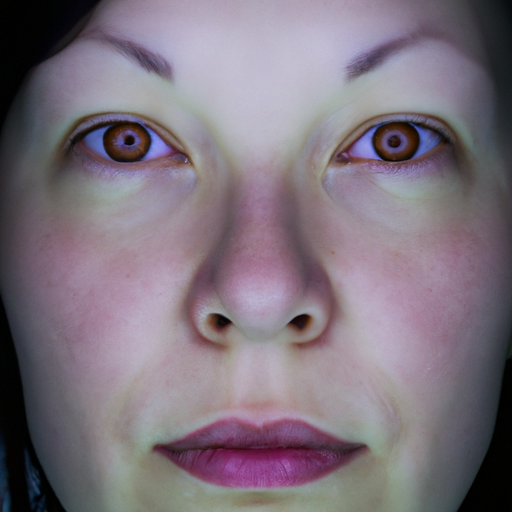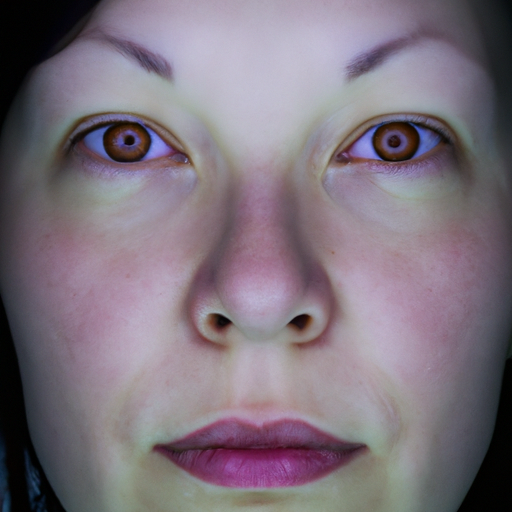Sensitive skin is a common condition that affects millions of people worldwide. It is characterized by a variety of symptoms, including redness, itching, burning, and dryness. Despite its prevalence, sensitive skin remains a misunderstood and often misdiagnosed condition. This article aims to unmask sensitive skin, providing a comprehensive guide to its diagnosis and effective treatment strategies.
Sensitive skin is not a disease that can be diagnosed through a specific test. Instead, it is a condition identified based on the symptoms reported by the individual. The diagnosis process typically involves a thorough examination of the patient’s medical history and a physical examination of the skin. The dermatologist may also conduct patch tests to identify specific allergens that may trigger skin sensitivity.
One of the challenges in diagnosing sensitive skin is that its symptoms often overlap with those of other skin conditions such as rosacea, eczema, and dermatitis. Therefore, it’s crucial to consult with a dermatologist who can differentiate between these conditions and accurately diagnose sensitive skin.
Once the diagnosis has been made, the next step is to develop an effective treatment strategy. The primary goal of treatment is to alleviate symptoms and prevent future flare-ups. This typically involves a combination of skincare regimen modifications, lifestyle changes, and in some cases, medication.
A key component of treating sensitive skin is identifying and avoiding triggers. Common triggers include harsh skincare products, extreme weather conditions, stress, certain foods, and alcohol. It’s recommended to keep a diary to track flare-ups and potential triggers, which can be incredibly helpful in managing the condition.
Skincare regimen modifications are also crucial in treating sensitive skin. This involves using gentle, fragrance-free products designed for sensitive skin. It’s also important to avoid over-washing the face, as this can strip the skin of its natural oils, leading to dryness and irritation. Instead, cleanse the face once or twice a day with a mild cleanser and lukewarm water.
Moisturizing is another critical step in the skincare regimen for sensitive skin. A good moisturizer can help strengthen the skin’s barrier function, preventing irritants from penetrating the skin and causing inflammation. Look for moisturizers that are hypoallergenic, non-comedogenic, and free of irritants like fragrances and dyes.
In addition to skincare regimen modifications, lifestyle changes can also help manage sensitive skin. This includes maintaining a healthy diet rich in antioxidants and omega-3 fatty acids, staying hydrated, getting enough sleep, and managing stress levels.
In some cases, medication may be required to treat sensitive skin. Topical corticosteroids can help reduce inflammation and itching, while oral antihistamines can help manage allergic reactions. However, these medications should only be used under the supervision of a dermatologist, as they can have side effects.
In conclusion, sensitive skin is a complex condition that requires a personalized approach to diagnosis and treatment. By understanding the triggers and implementing an appropriate skincare regimen and lifestyle changes, individuals with sensitive skin can effectively manage their symptoms and improve their quality of life. Always remember to consult with a dermatologist or a skincare expert for personalized advice and treatment strategies.




